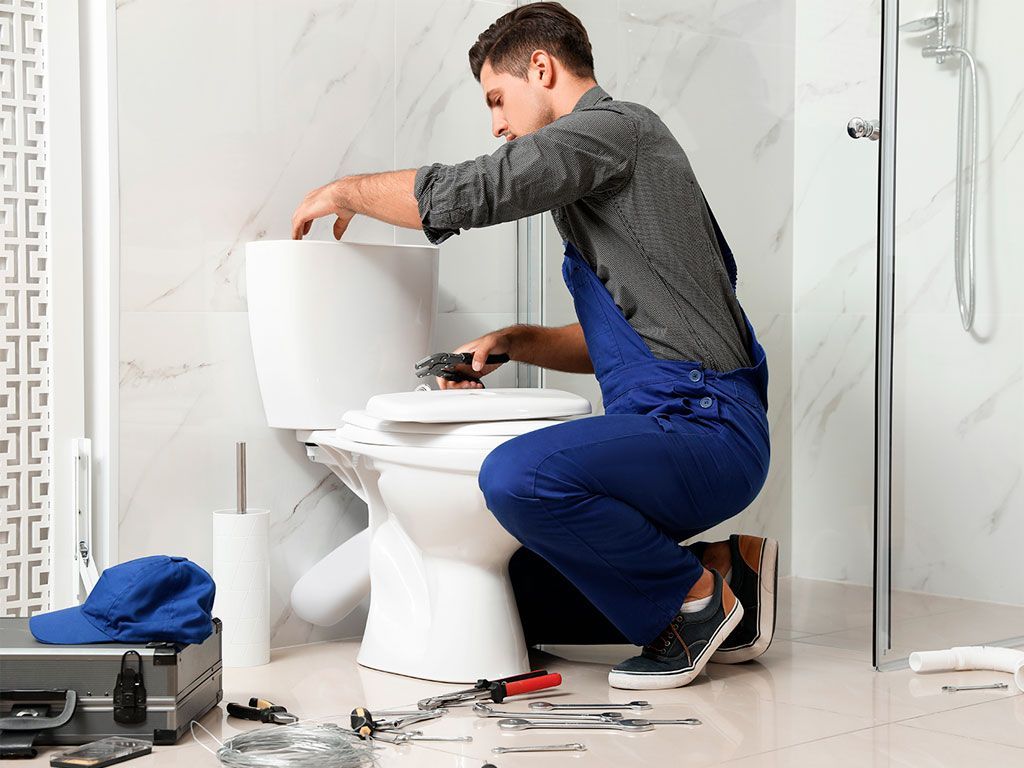The Problem with a Running Toilet

There are, unfortunately, a number of issues that can befall your bathroom plumbing , such as an overflowing or clogged toilet. If you’re lucky, you’ll never have to deal with this type of problem, but the fact of the matter is that one of the most common plumbing calls we receive is in regard to toilet problems. The good news is that we are here and ready to help, whether it’s repairs or replacement that are needed.
There’s one toilet trouble in particular that we get called out for a lot that doesn’t necessarily qualify as an immediate emergency, but it is something that needs to be managed ASAP so you don’t risk wasting water, and subsequently wasting money. We’re talking about a toilet that won’t stop running.
What Happens When You Flush
Alright, this probably isn’t the most exciting topic for you to read about, but it’s important to understand when you are having problems with this incredibly important bathroom plumbing component. When you push down the flush lever, or push the button if it’s that kind of model, water from the tank rushes down into the bowl in order to flush it out.
Then, water begins entering the tank through the fill valve. When the water level in the tank reaches a set level (just below the opening of the overflow tube) the water flow from the feed line will shut off. This process usually takes about a minute. But if you hear the sound of running water for longer than a minute, something isn’t quite right.
Sometimes, all it takes to remedy this issue is to flush the toilet again or jiggle the handle. But when that doesn’t fix the problem (or if the problem reoccurs) then it is time to call in a pro. If you neglect the issue, it will waste water, money and you won’t be able to flush anything while the toilet is running.
Why Does This Happen?
There are a couple of potential reasons your toilet may keep running longer than it should. A common cause is a worn down flapper. The flapper seals off the bottom of the tank after the flush is finished in order to allow water to fill up once more. This flapper can decay, and lose the ability to seal, making it necessary to replace.
Another possible problem is with the float which controls the water level in the tank of the toilet. A float that is to low will produce a weak flush and a float that is set to high will cause water to spill into the overflow tube and keep the fill valve from shutting off. The toilet will just keep running.
Other possible issues include a malfunctioning tank to bowl gasket or a decaying handle.
We don’t recommend trying to tinker with a malfunctioning plumbing fixture of any kind on your own, as you can unintentionally create more damage and end up with water all over your bathroom and throughout your property. Nobody wants that!
For services you can depend on, in Sugar Land and beyond, contact Doug Turner Plumbing CO. today!
The post The Problem with a Running Toilet appeared first on Doug Turner Plumbing CO..

